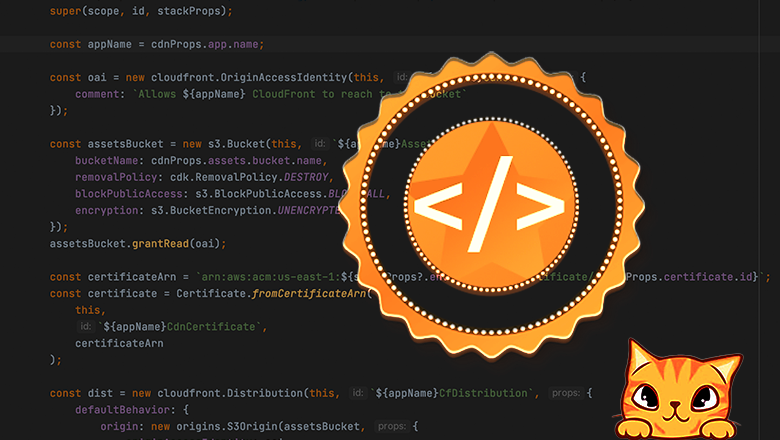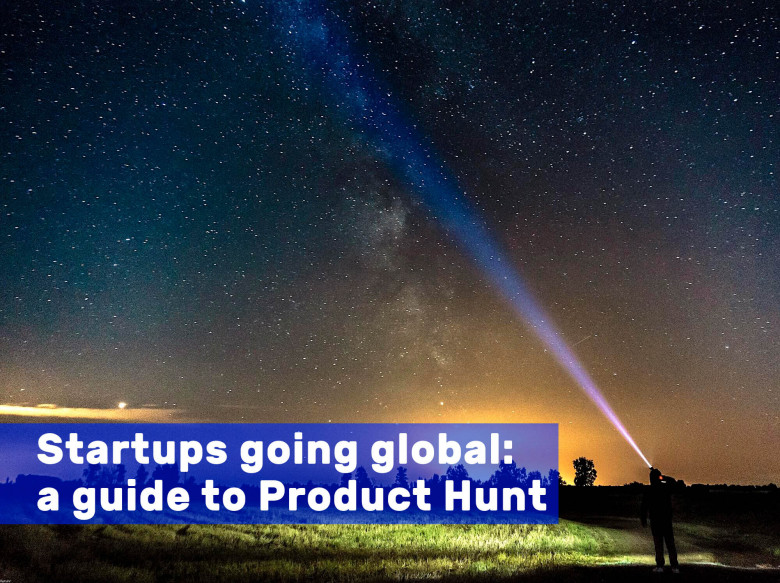Entrepreneurs make for easy targets. Whatever your business is doing, it’s guaranteed to ruffle some feathers. But don’t be quick to blame the public. Most times, being sceptical of change is only logical.
Even those who buy into your product will probably expect it to fail. 20% of businesses shut their doors during their first year, and less then half survive for more than five. We may not know these numbers, but we know it from experience — most of them overpromise, underdeliver and ultimately disappoint.
As such, it’s no surprise that the internet is full of passive-aggressive tech coverage. No matter what you do, your business is going to be attacked and demeaned. No one is immune.
Look no further than the original iPhone’s early reviews. It generated a lot of negative coverage for the sake of negative coverage. CNET’s main complaints revolved over a lack of physical buttons, completely missing the entire point of having a touchscreen. A Techcrunch columnist went even further and outright damned it to failure. Sounds funny now, but 14 years ago these people were dead serious.
Of course, these days everyone is an expert and the comment sections matter more than the articles they follow. Unlike traditionally restrained media professionals, the overconfident amateurs on popular UGC platforms openly take pleasure in attacking whatever they come across. It might be their way of letting off steam from being bullied at work or having financial difficulties, but no matter the reason, you still have to deal with a bunch of people trying to paint you in a negative light. And that’s not easy.




















